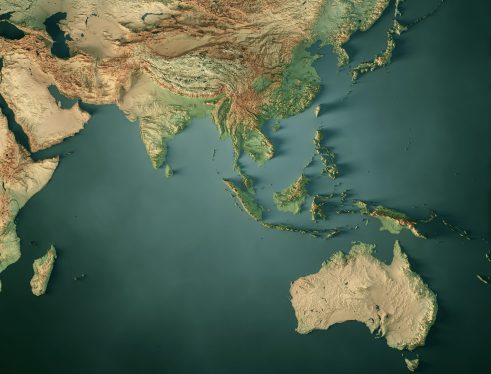A growing trend has been observed in the investment landscape, with more South Korean investors pouring money into startups in Southeast Asia. This phenomenon is creating an "investment corridor" between the two regions, with a recent example being KIPSEA, short for Korea Investment Partners Southeast Asia.
KIPSEA’s First Fund Close
KIPSEA has just announced its first fund close of $60 million, marking a significant milestone in the growth of South Korean investment in Southeast Asia. The fund is sector-agnostic and will focus on seed to Series B startups, particularly those planning to expand into South Korea.
Limited Partners
The limited partners in KIPSEA’s fund come from various countries, including South Korea, Hong Kong, and Singapore. Notable investors include Samsung Life Insurance, Korea Development Bank, Korea Growth Investment Corporation, Woomi Global, Mirana Ventures, and Korea Investment & Securities.
KIPSEA’s Head on Southeast Asia
In an interview with TechCrunch, KIPSEA head Synclare Kim expressed the fund’s bullish stance on Southeast Asia due to its rapid market growth. Kim highlights the region’s potential for startups to expand into South Korea, citing the cultural similarities and wide diversity of industry sectors.
Early-Stage Startups
KIPSEA focuses on early-stage startups because it can add value through consultancy, ongoing follow-up investments, and connections to its extensive investment network in Asia. Kim notes that since KIP’s launch in 1986, it has invested in over 900 companies and has $3 billion in assets under management.
Typical Check Size
The new fund’s typical check size will range from $2 million to $3 million. Approximately 60% of the fund will be allocated to first investments, while the rest will be for follow-up investments.
Value Creation
Kim emphasizes that KIPSEA will work closely with founders in its portfolio, monitoring their management situation and providing strategic direction and connections with collaborators when needed. He stresses that these activities are essential for creating value for portfolio companies.
Korea Investment Holdings’ Track Record
KIP is a subsidiary of Korea Investment Holdings, a publicly listed financial conglomerate with various holdings, including securities, asset management, banking, credit finance, private equity, and real estate. This is not the first time Korea Investment Holdings has launched a Southeast Asia-focused fund; in 2018, it established the GEC-KIP Technology and Innovation Fund, based in Singapore, with Golden Equator Ventures.
Growing Korean Presence
KIP wanted to find a partner for its first foray into Southeast Asia but eventually became more confident, setting up an office in Singapore and deciding to launch its own fund. Kim notes that Korea has allocated more resources to Southeast Asia, citing the region’s potential for startups to expand into South Korea.
Growing Trend
The increasing number of South Korean investors putting money into Southeast Asian startups is a growing trend in the investment landscape. This phenomenon creates opportunities for startups to tap into new markets and resources, potentially leading to significant growth and success.
Investors and Startups
The growing trend of South Korean investors pouring money into Southeast Asian startups has significant implications for both parties. On one hand, it provides opportunities for startups to tap into new markets and resources. On the other hand, it requires careful consideration and strategic planning from investors.
Conclusion
The growing trend of South Korean investors putting money into Southeast Asian startups is a significant development in the investment landscape. As more investors and startups collaborate, there are potential opportunities for growth and success, but also challenges to be addressed through careful consideration and strategic planning.
Sources
This article is based on various sources, including:
- TechCrunch: KIPSEA announces $60 million fund close
- Korea Investment Holdings’ website
- KIP’s press release on the GEC-KIP Technology and Innovation Fund
Please note that this article is a summary of existing sources and may not include all relevant information.

